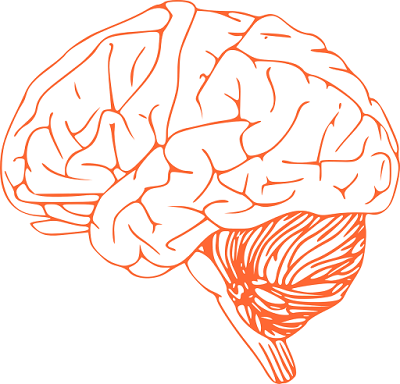10 Steps to Mastering Brain Stem Step by Step
The term "mastering" the brainstem might conjure images of superhuman feats or unlocking hidden potential. However, the brainstem is a complex and vital part of our nervous system, responsible for essential functions like breathing, heart rate, and basic reflexes. Understanding it better can be incredibly empowering, but it's a journey of exploration, not domination.
This article will guide you through 10 steps to deepen your knowledge of the brainstem, focusing on its structure, functions, and how it impacts your daily life.
Step 1: Unveiling the Brainstem's Location and Structure
Imagine the brainstem as the highway connecting your brain to your body. Located at the base of the brain, it acts as a relay center, processing information and sending messages between the upper brain and the spinal cord. Think of it as the central command post for your most fundamental functions.
The brainstem itself is further divided into three regions:
Medulla Oblongata: The lowest part, responsible for functions like breathing, heart rate, and swallowing.
Pons: Acts as a bridge between the brain and the cerebellum, coordinating movement and sensory information.
Midbrain: Plays a role in processing sensory information, alertness, and eye movement.
Step 2: Demystifying the Brainstem's Essential Functions
The brainstem is the ultimate multitasker, juggling a variety of critical functions:
Maintaining Life Support: It regulates automatic processes like breathing, heart rate, and blood pressure.
Sensory Processing: It helps us interpret information from our senses like taste, touch, and hearing.
Movement Coordination: The brainstem coordinates muscle movements, allowing us to perform actions like walking, talking, and maintaining posture.
Sleep and Wakefulness: It plays a role in regulating our sleep-wake cycle.
Reflexes: Enables automatic responses like coughing or blinking in response to stimuli.
Step 3: Exploring the Fascinating Reticular Formation
Within the brainstem lies a network of neurons called the reticular formation. This intricate system is like a master conductor, influencing everything from alertness and consciousness to sleep and pain perception.
Step 4: The Brainstem and Your Emotions: A Complex Connection
While emotions are primarily processed in higher brain regions, the brainstem plays a supporting role. It regulates physiological responses associated with emotions, like increased heart rate during anger or tear production during sadness.
Step 5: Unveiling the Brainstem's Role in Sleep
Specific regions influence the transition between sleep stages and are responsible for REM sleep, the stage associated with dreaming.
Step 6: Understanding the Brainstem's Impact on Movement
Precise control over our movements wouldn't be possible without the brainstem. It coordinates the intricate interplay of muscles, allowing us to walk, run, and perform complex actions.
Step 7: The Brainstem and the Power of the Senses
We wouldn't be able to experience the world around us without the brainstem. It helps us interpret information from our senses like taste, touch, and hearing, relaying them to higher brain regions for further processing.
Step 8: The Brainstem and the Importance of Healthy Habits
Since the brainstem governs such essential functions, maintaining good health is crucial. Adequate sleep, a balanced diet, and regular exercise can positively impact its functioning.
Step 9: Recognizing Signs of Brainstem Dysfunction
While rare, brainstem dysfunction can occur due to injuries, strokes, or tumours. Symptoms like difficulty swallowing, slurred speech, and vision problems can be indicative of a brainstem issue.
Step 10: A Journey of Continuous Learning
Neuroscience is constantly evolving, and our understanding of the brainstem continues to grow. Staying curious and engaging with credible scientific resources can deepen your knowledge and appreciation for this vital part of your nervous system.






.jpg)

0 Comments